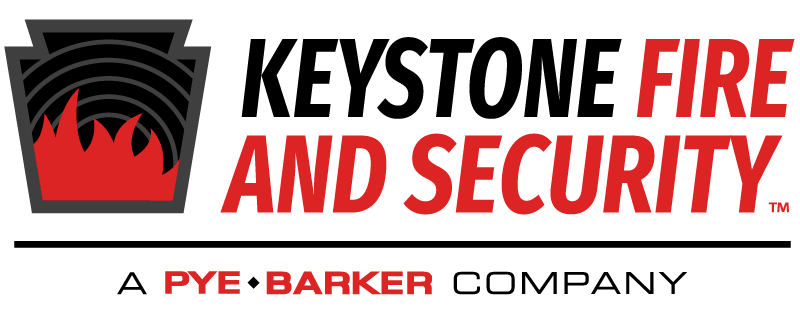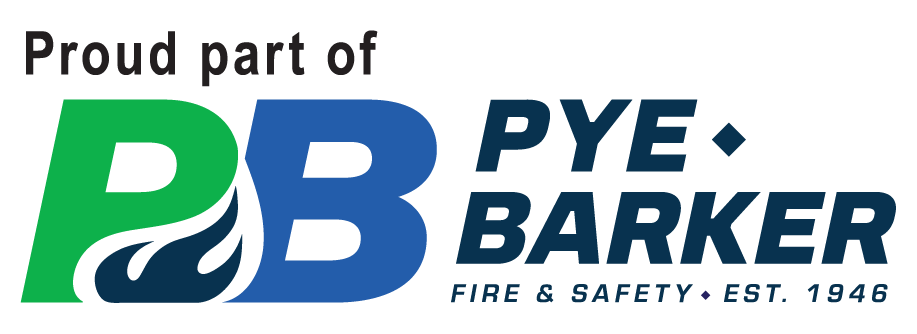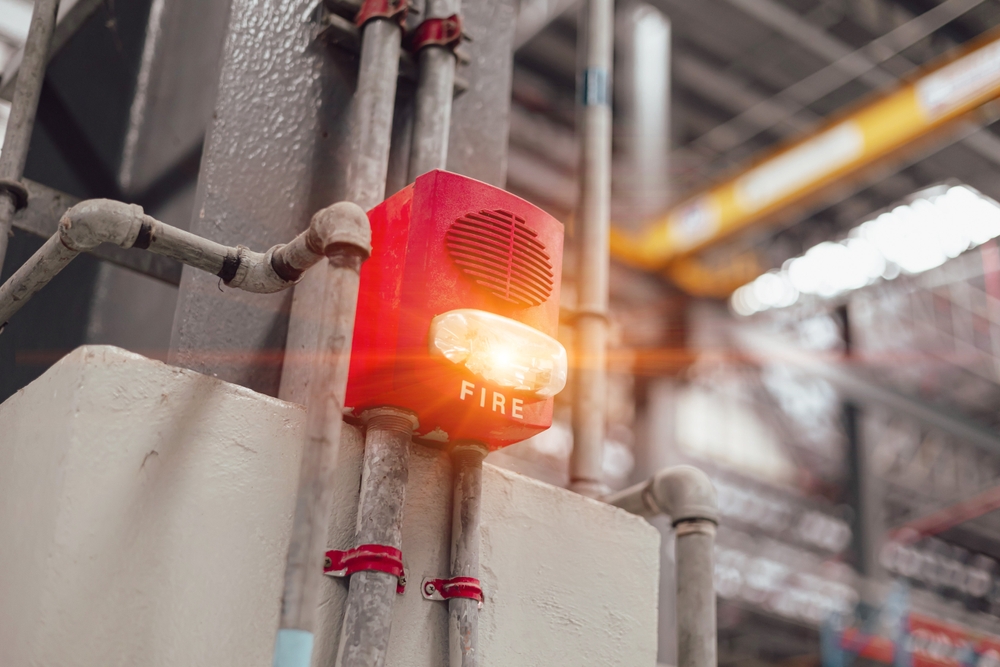When you think of a Fire Protection Company in Newark, DE, you might imagine basic fire alarms going off when smoke fills a room. However, there’s much more going on behind the scenes. Fire detection and alarm systems are intricate networks designed to safeguard lives and property. Let’s dive into how these sophisticated systems operate and why they are essential for homes and businesses alike.
The Key Components of Fire Detection and Alarm Systems
Think of a fire detection and alarm system like an orchestra. Every component works in unison to achieve the ultimate goal—detecting a fire early and notifying people to evacuate safely. Here’s a breakdown of the primary components and how they collaborate to save lives.
1. Detection Devices: The First Line of Defense
Detection devices are the system’s eyes and ears. They continuously monitor the environment for signs of fire, such as smoke, heat, or gas.
- Smoke Detectors: The most recognizable component is that smoke detectors come in two main varieties: ionization and photoelectric.
- Ionization Smoke Detectors: These detectors use a small amount of radioactive material to ionize air within a chamber, creating a current. When smoke particles disrupt this current, the alarm is triggered. Ionization detectors excel in detecting fast-flaming fires, but they may be more prone to false alarms from everyday activities like cooking.
- Photoelectric Smoke Detectors: These operate using the Tyndall effect. A light beam in the detection chamber is scattered when smoke enters, hitting a sensor and triggering the alarm. These detectors are better suited for slow, smoldering fires and are often recommended as a complement to ionization detectors.
- Heat Detectors: Triggered by a rise in temperature, heat detectors are ideal for areas like kitchens, where traditional smoke detectors might set off too many false alarms. They detect rapid temperature changes and sound the alarm when thresholds are crossed.
2. The Fire Alarm Control Panel (FACP): The Brain of the System
The FACP acts as the central hub of the fire detection system. It processes signals from detection devices and makes key decisions, such as activating Fire Sprinkler Systems, recalling elevators, or lighting up emergency exits. It ensures that all parts of the system communicate effectively and that the appropriate actions are triggered.
3. Notification Devices: Alerting Everyone
Once the FACP identifies a threat, the notification devices come into play. These devices alert building occupants to evacuate immediately.
- Audible Alarms: These include horns, bells, or sirens that are loud enough to grab attention and indicate imminent danger.
- Visual Alerts: Flashing lights or strobe alarms are crucial for people with hearing impairments, ensuring everyone is aware of the emergency. Modern systems often combine both auditory and visual alerts for maximum impact.
4. Communication Systems: Ensuring Quick Action
In the event of a fire, swift communication with emergency responders is crucial. Most fire alarm systems today are equipped with auto-dialers that immediately notify a monitoring center or local fire department when triggered. This function ensures that help is on the way, even if no one is present to pull a manual alarm.
Why Fire Detection Systems Matter
Why are fire detection systems so essential? Their life-saving potential cannot be overstated. From preventing injuries to reducing property damage, here’s why these systems are critical.
1. Early Detection Saves Lives
Fires spread quickly, and early detection gives occupants precious seconds to evacuate. A well-functioning system can spot a fire before it escalates, giving everyone a crucial head start to safety.
2. 24/7 Protection
Unlike human beings, fire alarm systems don’t sleep. Whether you’re at home, at work, or on vacation, these systems offer round-the-clock protection, ensuring your property is always under surveillance for potential fire hazards.
3. Minimizing Property Damage
When a fire is detected early, it can be controlled before it gets out of hand. Many fire detection systems are linked with Fire Sprinkler Systems that can suppress flames before they cause widespread damage. This fast response not only saves lives but also minimizes property loss.
4. Peace of Mind
Having a reliable fire detection and alarm system in place gives homeowners and business owners peace of mind. Knowing that your home or business is protected 24/7 offers an extra layer of security. You can rest assured that, in the unfortunate event of a fire, your system will alert you and give you time to act.
The Evolution of Fire Detection Systems
Fire alarm systems weren’t always as advanced as they are today. The first automatic fire alarm system was developed in 1890 by Francis Robbins Upton, a colleague of Thomas Edison. Over the next few decades, innovations continued with the development of heat and smoke detection systems, ultimately revolutionizing fire safety.
By the 1980s, smoke detectors became mandatory in most homes due to the growing body of evidence supporting their life-saving abilities. Today, fire alarm systems are highly sophisticated, featuring intelligent detection capabilities, backup power sources, and integration with other safety systems like Fire Sprinkler Systems.
The modern systems we rely on are the result of years of innovation, backed by stringent building codes and organizations such as the National Fire Protection Association (NFPA). Chapter 14 of the NFPA 72 standard provides detailed guidelines on fire alarm systems, outlining the requirements for system design, installation, and maintenance. Keeping your system compliant with these codes is crucial for ensuring its effectiveness.
Staying Compliant and Regular Maintenance
Even the best fire alarm systems require routine maintenance to remain functional. Regular inspections, testing, and servicing are essential to ensure that the components work as intended during a real emergency.
For businesses, staying compliant with fire safety regulations is not only a legal obligation but also a moral responsibility. The failure to maintain a fire detection system can lead to catastrophic outcomes, including property loss, legal penalties, or even loss of life.
Conclusion: Ensure Your Protection Today
Understanding how fire detection and alarm systems work underscores their importance in safeguarding lives and property. These systems, from smoke detectors to Fire Sprinkler Systems, form an indispensable layer of protection that can make the difference between minor damage and catastrophic loss.
Don’t wait for an emergency to assess your fire safety measures. Contact Keystone Fire Protection today for a comprehensive fire safety audit. Our expert team will ensure that your system is up to date and working efficiently. Let us be your trusted Fire Protection Company in Newark, DE, providing you with peace of mind and top-tier protection. Reach out now to schedule an inspection or upgrade your system. Your safety is our priority.


